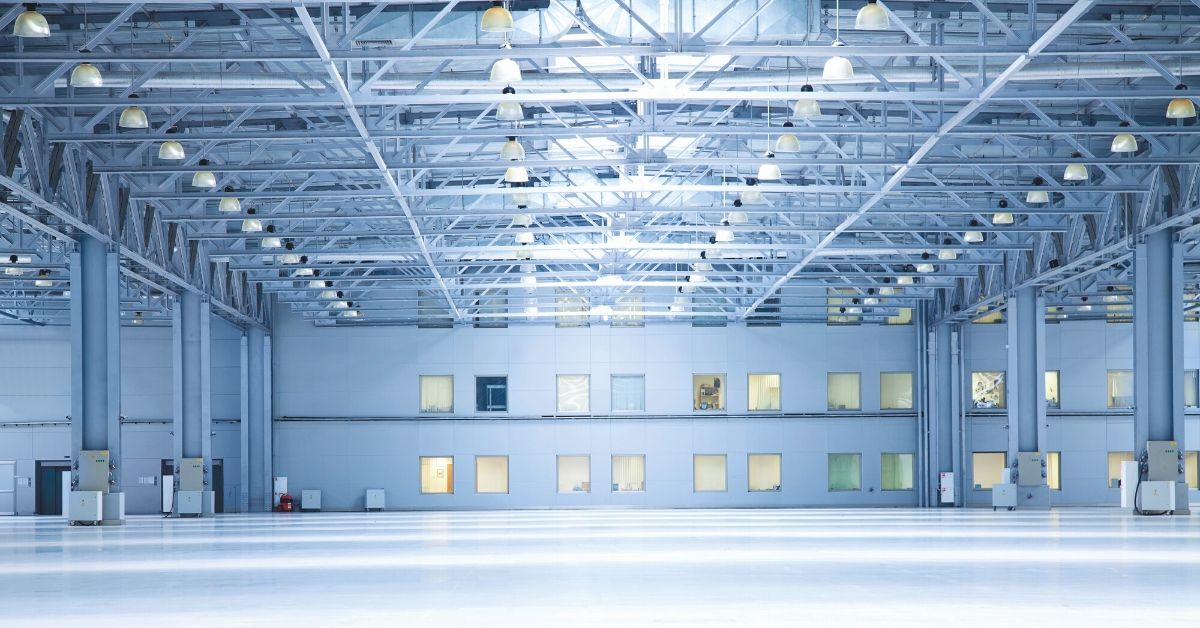Sandwich panels with Leaf technology are a building element that collects all the know-how of Isopan: a panel that stands out thanks to its excellent performance, combined with environmental sustainability.
An innovative solution, which raises the expectations of designers and principals with regard to the insulating performance of the building’s envelope and fully meets them.
Leaf, +20% efficiency
Dry construction is the method that appears to best meet the expectations of efficient construction, from design to worksite management.
The reduction of energy requirements is a goal on which the regulatory frameworks and the market sensitivity attempt to focus, with various solutions. Sandwich panels with Leaf technology are a concrete proposal, the fruit of Isopan research and innovation. Polyurethane panels with improved performance.
Insulated panels are the ideal building element for buildings with various intended uses. When energy efficiency is important, Leaf makes the difference. In fact, this solution offers +20% insulation compared to the average performance of the panels that are available on the market. A difference that translates into cost savings for the building’s users.
Leaf for lower costs
The sandwich panel market stands out thanks to optimum thermal insulation coefficients, also with regard to the costs incurred. The reason for this double advantage is to be found in the considerable development of the dry construction market in recent years and in the desire to provide a satisfactory answer to the energy efficiency requirements of the construction sector.
Leaf stands out from other similar products, thanks to the improved performance, combined with sustainability. The thermal insulation offered by polyurethane panels with this technology guarantees, in fact, heat loss due to the building’s envelope that is up to 20% lower. A figure that has practical implications which can be measured and monetised.
Therefore, the energy requirements of buildings are reduced by an equal amount, making for consistent savings. Moreover, the reduced thickness of the insulating layer of sandwich panels makes it possible to maximise internal volumes, for more space on the inside as well as more comfort.
If then, we take into account the fact that the panels have an average life of decades, the environmental impact of a building clad with Leaf panels is minimum.
Leaf to save time
One of the great advantages of dry construction, using sandwich panels for wall cladding or roofing, is the application speed.
Assembly is made easier by components studied to resolve any application situations. By following the instructions provided by Isopan and by making the best use of the potential of accessories and fixing elements, the envelope is installed fast, without running the risk of creating thermal bridges or breaks in continuity.
The versatility of the solutions makes Leaf sandwich panels ideal to guarantee completion of any project within the deadlines. The traditional construction site, with its degree of uncertainty about costs and deadlines, is a far cry from the management of a dry construction worksite.
Here, the modularity of the elements and the possibility to combine the Leaf technology with the Isopan* range of products offers flexibility and customisation based on needs.
Leaf, a complete sandwich panel system
Leaf technology is compatible with Isopan sandwich panels. A full range of elements, designed for the construction of envelopes for industrial, commercial, civil, residential, and for special use buildings.
From the perimeter panels to dividing walls and roofs, all surfaces can be clad with Leaf panels, manufactured with a double metal face and a closed-cell polyurethane core with improved performance.
They can also be used in the cold chain, where Leaf offers exceptional insulation for cold storage. The insulation of the cold room decreases the energy-consuming needs of cooling systems and contributes significantly to the reduction of CO2 emissions.
With this new technology, Isopan reduces the environmental impact of production and buildings, benefitting the environment and the user’s pockets.


